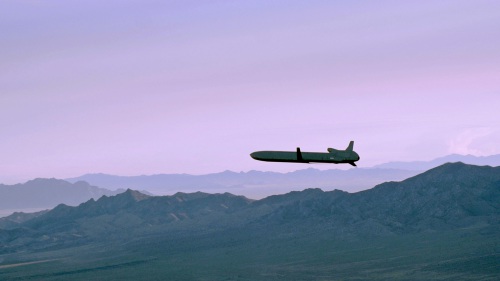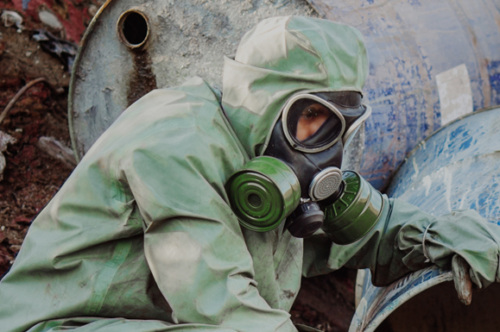Former Yugoslavia

Historically, the Former Socialist Federal Republic of Yugoslavia (SFRY) produced chemical weapons and pursued both nuclear weapons and ballistic missiles. However, none of the successor states (Bosnia and Herzegovina, Croatia, Kosovo, Montenegro, North Macedonia, Serbia, or Slovenia) have weapons of mass destruction or programs for their development.
See Former Yugoslavia's performance in
Region Former Soviet Union
1940-1987 Intermittently pursued a nuclear weapons program
Ended its nuclear program in the 1960s, but restarted after India’s nuclear test in 1974
April 28, 1992 Yugoslavia officially broke up
Nuclear
- Collaborated with Norway on nuclear research until the early 1960s
- Transferred all remaining HEU to Russia by the end of 2010
- All successor states have independently signed and ratified the NPT
Biological
- No evidence of any attempts to establish an offensive biological weapons program
- All successor states have independently acceded to the Biological Weapons Convention (BWC)

NTI Tutorials
Missile
- Allegedly collaborated with Libya and Iraq on various types of missile development
- Serbia is the only successor state with its own ballistic missile program, including the K-15 Krajina and Jerina-1 short-range ballistic missiles (SRBMs)
- Bosnia and Herzegovina, Croatia, Montenegro, North Macedonia, Serbia, and Slovenia are members of the Hague Code of Conduct Against Ballistic Missile Proliferation (HCOC)

Tutorial on Missiles and Other WMD Delivery Systems
Overview of The CNS Missile and SLV Launch Databases
Chemical
- Produced a wide variety of chemical weapons and delivery systems prior to its breakup in 1991
- All remaining production equipment and materials destroyed under the supervision of the OPCW in 2003
- All successor states have independently acceded to the Chemical Weapons Convention (CWC)

Tutorial on Chemical Weapons Nonproliferation

NTI Tutorials
Treaties and Regimes Memberships
Analysis
Former Yugoslavia

NTI Nuclear Materials Security Index: Building a Framework for Assurance, Accountability and Action

Education Center
